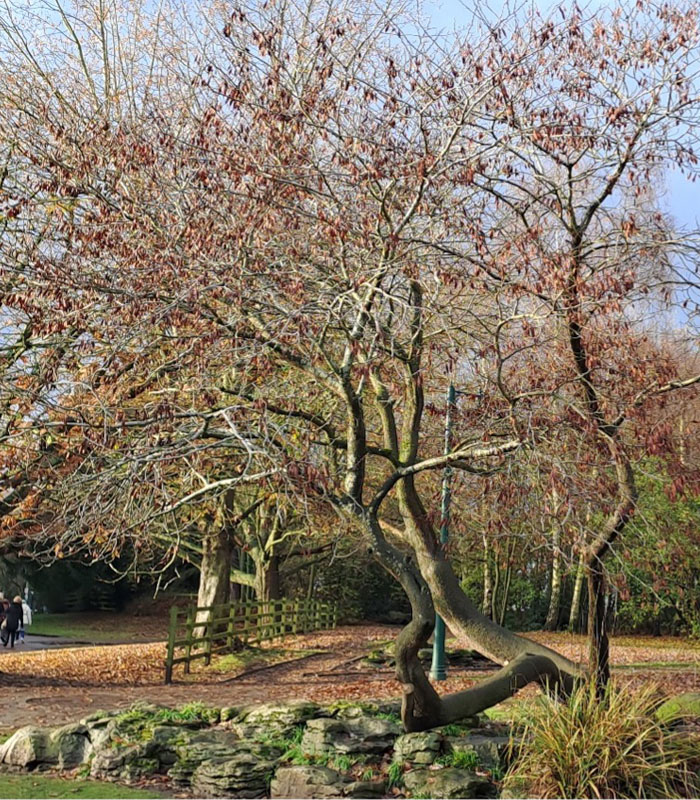
Botanical Name: Cercis siliquastrum
Common Name: Judas Tree
A native of Southern Europe and West Asia introduced to the British Isles in the 15th Century. Grown for its clustered pink flowers that appear on the shoots/branches before the leaves in mid may followed by fruit that hang as pea-like pods.
Cercis siliquastrum, with its historical associations and ornamental qualities, remains a culturally significant and visually appealing tree in various landscapes.
20683